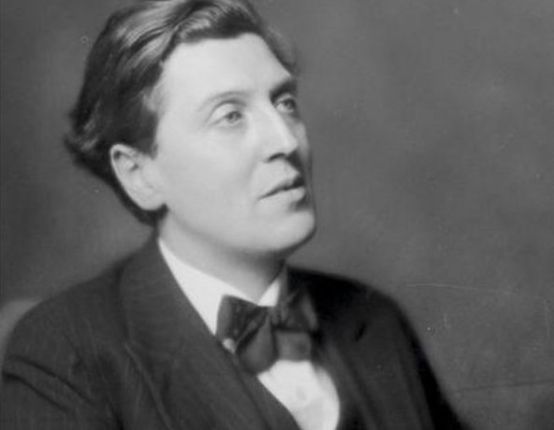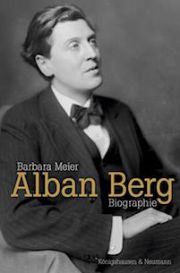Between fiction and science
Barbara Meier's new biography offers a lively narrative style and many original quotations, as well as valuable descriptions of her work.

A biography of Alban Berg, published by Königshausen & Neumann, is a real eye-opener. Until now, Berg, who died young, has been one of the composers who have received little attention in this respect, as the last biography written by Constantin Floros dates back to 1992. This is actually astonishing, as works such as the Violin Concerto or the opera Wozzeck are part of the indispensable standard repertoire of the concert world. This makes it all the more exciting to read the 340-page biography written by Barbara Meier.
Unprepared for Meier's style, however, one is rather irritated when entering the chapter "Family photo": "The family has gathered around the lunch table, Conrad Berg, his wife Johanna, the children Karl, Alban and Smaragda. [...] The dining room, furnished in neo-baroque style, makes a cozy impression despite the abundance of decor. [...] The children are dressed like adults, the brothers in suits and ties, Smaragda in a dress with a lavish collar [...] The family portrait gives no hint of the imminent demise of the Austro-Hungarian monarchy." This is not how one imagines a work of knowledge, especially as the photo matching the description is strangely not printed - in any case, one searches in vain for illustrations.
Meier's writing style quickly turns out to be quite unusual, as she combines a fictional style of storytelling with a wealth of specialist knowledge. Rather than a novelistic rant, she offers a well-researched read, peppered with countless quotations from letters and articles, bringing the past into the present. This approach certainly takes some getting used to, especially in the case of a 20th century composer, as scholarship is usually associated with a "dry" style. Here, on the other hand, we have a kind of "narrated" biography, an emotional visualization that sometimes comes across as somewhat tasteless. For example, after Berg's encounter with Anny Askenase, the wife of pianist Stefan Askenase, the author writes: "After saying goodbye to Anny at the Brussels train station, the 'pain of separation' does not want to go away, but despite all the 'agony and pain, even thoughts of death', he feels an 'unexpected increase' in his 'attitude to life'." School musician Barbara Meier obviously knows how to grab the reading public.
The precise descriptions of Berg's music are valuable. The most important works are presented and explained in a knowledgeable and easy-to-understand manner, with only the "icon" of modern opera, the WozzeckShe devotes over 20 pages to it. And as an epilogue, the fragment of the opera completed by Friedrich Cerha Lulu an in-depth examination. It is a pity that the appendix lacks biographical data and a list of works.
Barbara Meier: Alban Berg, Biography, 346 p., € 36.00, Königshausen & Neumann, Würzburg 2018, ISBN 978-3-8260-6391-6








